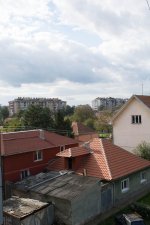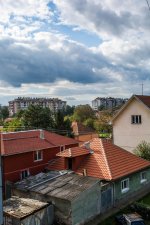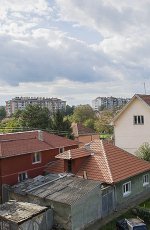Hello everyone...
I shoot RAW and I usually like to extract all dynamic range from the files by lowering highlights and raising the shadows, and then adding contrast, so I can recover as much data as my camera and sensor gives me.
Most of the time I like the results, just raising the shadows and adding contrast gives me more saturation than I like, or it is more Vibrance than Saturation, so I need to lower it down.
I would like to ask you is there a right way to do it, or everyone can do it the way he likes? Also, am I doing something wrong by expanding dynamic range this way, because sometimes colors are not natural anymore?
I shoot RAW and I usually like to extract all dynamic range from the files by lowering highlights and raising the shadows, and then adding contrast, so I can recover as much data as my camera and sensor gives me.
Most of the time I like the results, just raising the shadows and adding contrast gives me more saturation than I like, or it is more Vibrance than Saturation, so I need to lower it down.
I would like to ask you is there a right way to do it, or everyone can do it the way he likes? Also, am I doing something wrong by expanding dynamic range this way, because sometimes colors are not natural anymore?



